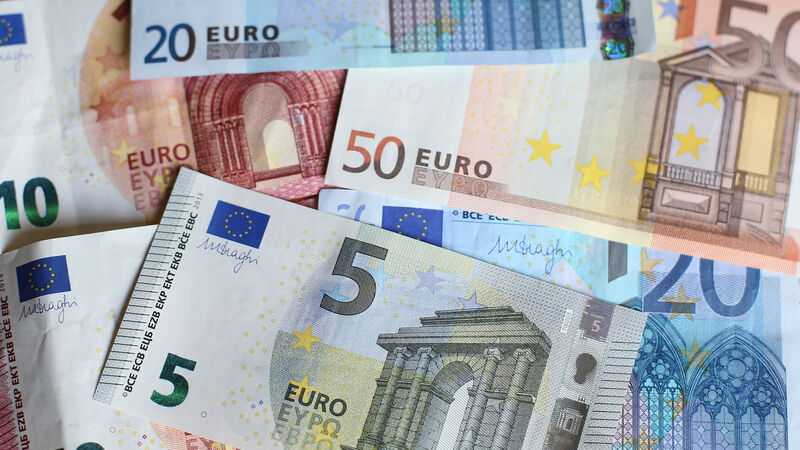Household saving remains at just under 20% as consumers prepare for price hikes

Since the pandemic, there has been a shift in Ireland's saving habits.
Households saved 19.1% of their income in the second quarter of this year as consumers retain savings amid winter cost of living worries.
This level of household spending is unchanged from the previous quarter, according to figures from the Central Statistics Office (CSO).
The statistics body said this level of saving may be "precautionary" as households expect a tough winter ahead, with energy bills rising and a growing cost of living crisis.
An increase in average earnings per worker and a rise in the number of people in work resulted in a higher level of income in the second quarter. Spending also rose over the three-month period, fuelled by soaring prices and a higher level of consumption.
Overall, households observed a rise in disposable income that outpaced consumer prices. However, this was not the case for all households, with many left worse off by the rapid price increases.
Since the pandemic, there has been a shift in Ireland's saving habits. Prior to the first Covid-19 lockdown, households saved about 10% of their total disposable income, with consumer spending making up the remaining 90%.
Following the removal of public health restrictions in the first half of 2022, consumption has accounted for only 80% of income, with the remainder being added to wealth.
During the lockdowns, households' rate of saving peaked at about 33% in 2020. However, the 19.1% household saving rate observed so far this year remains significantly higher than the usual 10.4% rate of saving recorded before the pandemic.
Households saved almost 20% of their income in the second quarter (April to June) this yearhttps://t.co/Kv8RFQnrsc#CSOIreland #Ireland #Households #HouseholdSaving #Savings #Income #IrishFamilies pic.twitter.com/h9DZ0IRN6v
— Central Statistics Office Ireland (@CSOIreland) September 9, 2022
Peter Culhane, statistician at the CSO, said: "The savings habits developed during the restrictions appear to be sticking. It might have been expected that with restrictions removed, some of the savings built up over the previous two years would be spent, bringing down the saving rate, but in fact, households continued to accumulate rather than spend."
"Consumption is increasing, owing to inflation and also to higher volumes of goods and services consumed. However, households have generally decided not to spend their lockdown savings, but rather to keep their money in the bank," Mr Culhane added.
While the 19.1% saving rate is unusually elevated for Ireland, it is in line with other European countries, such as Germany and Switzerland, which for the period between 2010 and 2019 recorded savings rates of 17.5% and 22.0% respectively.














